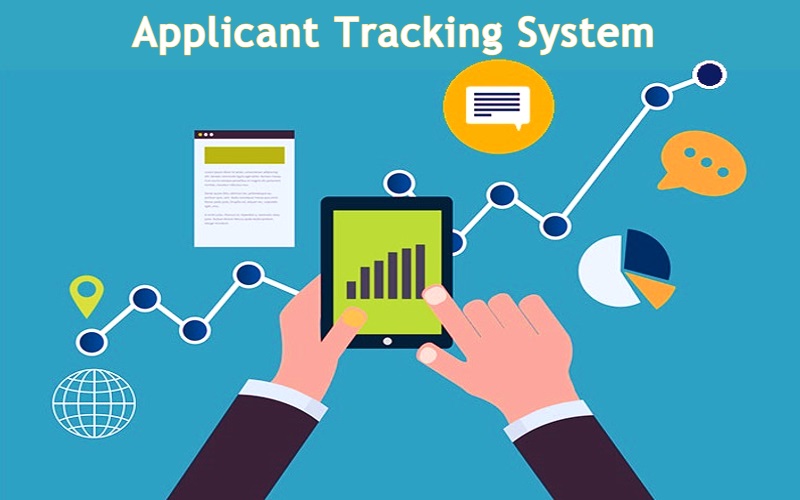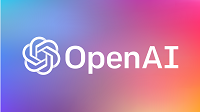
A Guide to Choosing the Right Applicant Tracking System
Choosing the Right Applicant Tracking System
Using SourceCandidates to drive candidates to apply to job posts creates a need to track these applicants during the recruiting lifecycle. When it comes to recruiting technology, an Applicant Tracking System (ATS) plays a crucial role as the foundation of the process. It not only collects and stores candidate resumes but also automates job postings and streamlines various manual tasks typically involved in recruiting.
Over time, Applicant Tracking System technology has evolved significantly, with providers introducing artificial intelligence capabilities, automated workflows, and reporting tools. These advancements aim to simplify the lives of recruiters, hiring managers, and job candidates. However, the increasing number of available platforms has made selecting a new ATS more challenging than ever. Talent acquisition and human resource leaders who are evaluating different systems should consider several factors before making a decision, including customization options, user interface quality, candidate experience, automation features, integration capabilities, and robust reporting tools.
The Initial Step: Streamlining Processes and Defining Strategy
According to experts, the first step in the search for a new ATS should involve evaluating existing recruiting processes. This is because even the most sophisticated software cannot fix fundamentally flawed workflows. Therefore, companies should ensure that their recruiting processes align with strategic business objectives and eliminate any redundant or inefficient steps before seeking a new Applicant Tracking System provider.
When assessing Applicant Tracking System platforms and other technology products, buyers should consider their recruiting maturity levels and evolving needs. Sometimes, individuals may require the latest version of the same system, while other times they may seek to optimize or transform their workflows.
An ideal ATS platform should meet two primary objectives: providing recruiters with an intuitive and efficient administrative experience and delivering a seamless experience to job candidates. Internal recruiters should be able to navigate through the process stages with minimal effort.
Addressing Recruiters’ Challenges: Reporting Functions
Recruiters often find the reporting capabilities in an Applicant Tracking System to be frustrating when they need simple, customized reports on sourcing channel quality, time-to-hire, or candidate drop-out rates. Insufficient reporting functions force recruiters to develop workarounds.
To avoid such issues, it is crucial to ensure that the chosen Applicant Tracking System provider can handle all current reporting requirements. This includes the ability to create new reports within the ATS itself. When evaluating vendors, inquire whether you can build your own reports or if you must rely on the vendor’s customer support team to create specific reports. Consider the time it takes to generate a report and whether you can report on custom fields created specifically for your organization.
Automation Features and Workflows
A modern Applicant Tracking System should offer a comprehensive range of automated features to alleviate recruiters’ workload. It should efficiently handle routine tasks such as candidate sourcing, screening, and interview scheduling.
Automation should also enhance the candidate experience rather than hinder it. For instance, top-notch systems automatically inform candidates as they progress through different stages of the recruiting process. Automated interview scheduling and chatbot functionality are crucial for improving the candidate experience. Additionally, it is important to reduce candidate drop-out rates by ensuring that job application forms do not contain an excessive number of fields to complete.
Scalability and Integration Capabilities
Experts recommend that small and medium-sized businesses assess how a prospective ATS vendor can accommodate potential growth. It is equally important to determine how well an ATS can integrate with other technology platforms within the HR ecosystem.
Post-Sale Support
When comparing ATS providers, post-sale customer service should be a key differentiating factor. It is essential to know whether the vendor has assigned a dedicated customer support employee who will be present during product demonstrations and other important meetings.
By carefully considering these factors, organizations can make an informed decision when purchasing an Applicant Tracking System that aligns with their specific needs and maximizes the efficiency of their recruiting processes.
![]()
Here are the top 10 Applicant Tracking Systems (ATS) along with their websites and key features:
- Workday Recruiting: https://www.workday.com/en-us/solutions/human-capital-management/recruiting.html Features: End-to-end recruiting solution, candidate management, interview scheduling, analytics and reporting, mobile-friendly interface.
- Greenhouse: https://www.greenhouse.io/ Features: Customizable workflows, candidate tracking, interview coordination, integrated job board, collaborative hiring, analytics and reporting.
- Lever: https://www.lever.co/ Features: Streamlined hiring workflows, collaborative hiring, candidate relationship management, interview scheduling, analytics and reporting, integration with various platforms.
- JazzHR: https://www.jazzhr.com/ Features: Job posting and distribution, applicant tracking, interview scheduling, collaboration tools, reporting and analytics, integration with HR systems.
- BambooHR: https://www.bamboohr.com/ Features: Applicant tracking, job posting and distribution, candidate communication, interview scheduling, reporting and analytics, onboarding capabilities.
- Jobvite: https://www.jobvite.com/ Features: Candidate sourcing, applicant tracking, interview management, recruitment marketing, social recruiting, reporting and analytics.
- SmartRecruiters: https://www.smartrecruiters.com/ Features: Job requisition management, applicant tracking, candidate communication, interview management, recruitment marketing, analytics and reporting.
- iCIMS Talent Cloud: https://www.icims.com/ Features: Applicant tracking, resume parsing, candidate engagement, onboarding, analytics and reporting, integration with HR systems.
- Bullhorn: https://www.bullhorn.com/ Features: Applicant tracking, candidate management, resume parsing, interview scheduling, reporting and analytics, mobile accessibility.
- Zoho Recruit: https://www.zoho.com/recruit/ Features: Candidate sourcing and tracking, resume parsing, interview scheduling, collaboration tools, reporting and analytics, integration with other Zoho applications.
All Applicant Tracking Systems require Applicants to be of any use. Using SourceCandidates to drive candidates to apply and become applicants is proven to be an important part of the recruiting lifecycle.
Please Contact SourceCandidates Today to learn how to increase the need for an applicant tracking system






Responses